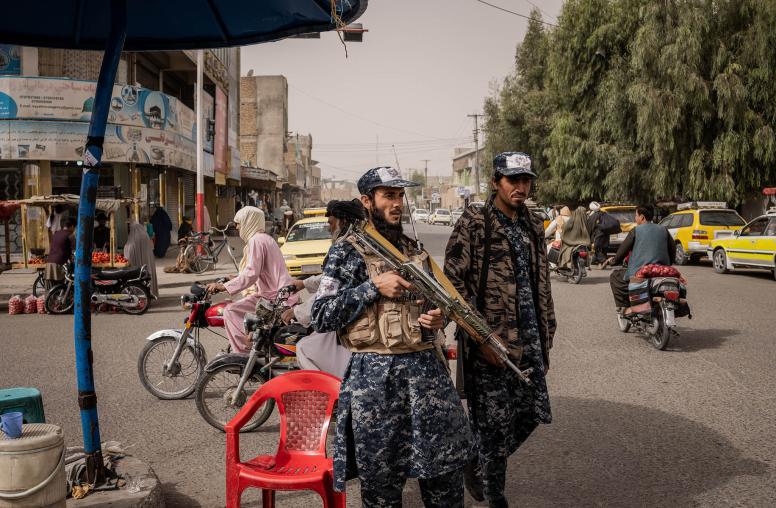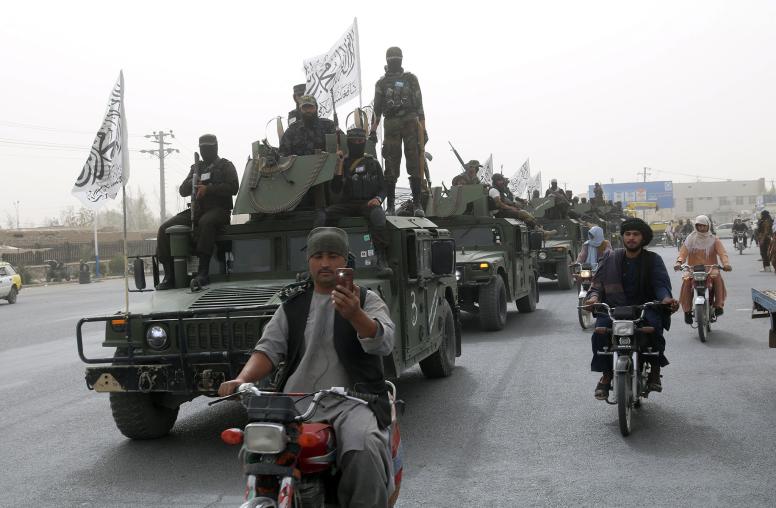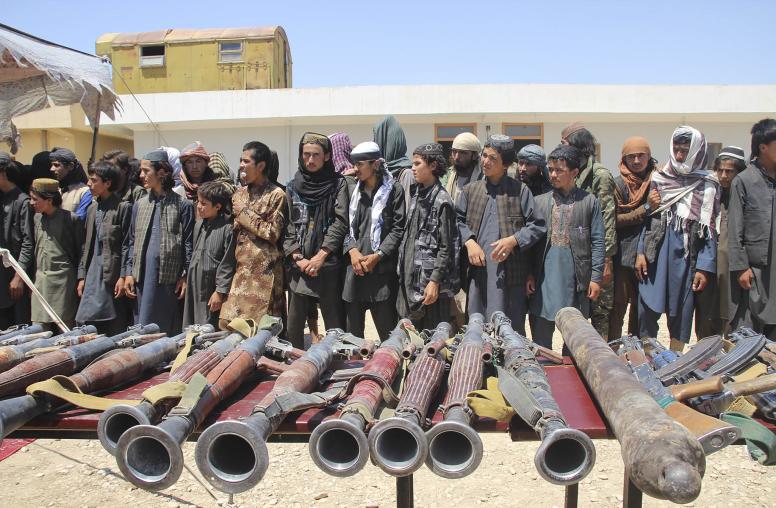Engineering Peace
The Military Role in Postconflict Reconstruction
In practically all the peacekeeping operations of the 1990s, a postconflict reconstruction gap of almost one year separates the end of military peacekeepers' mission of halting mass violence from the start of removing mines as well as rebuilding and repairing the host country's physical infrastructure: roads and bridges, public utilities, and buildings.
In this timely work, Colonel Garland Williams analyzes the postconflict reconstruction gap in three case studies—Bosnia, Kosovo, and Afghanistan—and shows how military engineering brigades accompanying peacekeeping contingents can be put to use immediately after the conflict ends to restore vital infrastructure and social institutions. In the book's concluding chapter, Williams proposes changes in U.S. national security decision making to integrate military engineering brigades into postconflict reconstruction, thus making U.S. military officials less wary of “mission creep” and nation-building.
About the Author
Colonel Garland H. Williams, U.S. Army, was the military assistant to the assistant secretary of the army for civil works. From 1999 to 2001, he commanded the 16th Armored Engineer Battalion in Germany, which was deployed to Kosovo during the peacekeeping mission there. As chief of contingency engineering for Allied Forces Southern Europe from 1996 to 1999, Williams served in Sarajevo as part of NATO's Implementation Force staff, coordinating the reconstruction of vital roads, bridges, ports, and airfields damaged during the Bosnian war. He was a senior fellow at the U.S. Institute of Peace during 2002–2003.



